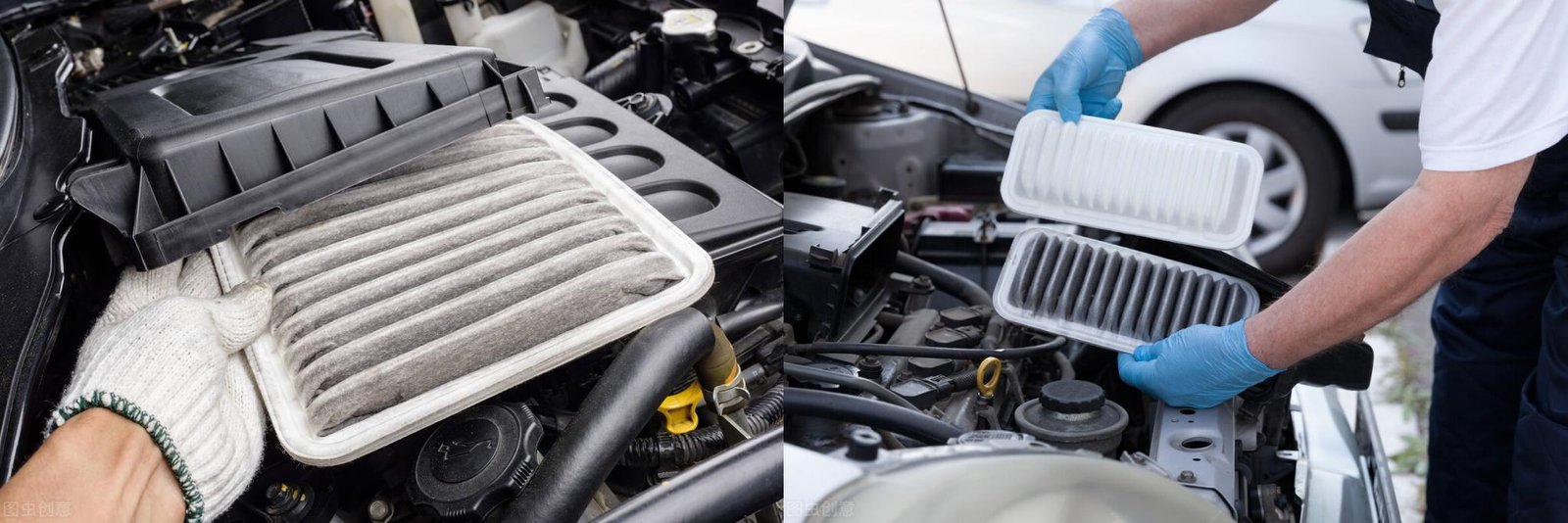
The cylinder liner operates in a harsh environment within the diesel engine structure. It is constantly subjected to high temperatures, high pressure, and high-speed conditions while also enduring the reciprocating motion of the piston. Therefore, it demands exceptionally high technical standards regarding material, usage, and maintenance. Let us take a look at the possible causes of wear below.
Causes of Abnormal Cylinder Liner Wear
- Issues related to the air filter’s usage.
- Damage or leaks in the intake duct.
- Connecting rod deformation.
- Excessive axial clearance of the crankshaft.
- Excessive piston ring tension.
- Poor lubrication.
- Poor heat dissipation of the cylinder liner, causes the piston to stick to the liner.
- Piston ring breakage or damage to the cylinder liner caused by piston pin retaining ring detachment.

Fault Diagnosis of Abnormal Cylinder Liner Wear
For new engines or those within 500 hours of operation after repair, symptoms such as excessive blow-by from the breather, severe oil spray, excessive oil consumption, and blue smoke emissions may indicate abnormal cylinder liner wear. Diagnose based on the observed symptoms:
First, check the condition of the air filter:
- For a wet-type filter, ensure that oil has been added to the pan. Check if the filter element is damaged, which could allow metal wires to be sucked into the cylinder.
- Check for damage to the paper filter element.
- Verify whether the sealing gasket inside the air filter is misaligned, missing, or damaged during installation, which could result in poor sealing. This would allow unfiltered dust to be directly drawn into the cylinder, causing early cylinder liner wear. After maintenance, the user should be informed about the harmful effects of improper air filter use and the correct maintenance methods.

Analysis of Cylinder Wear Causes
When installing the intake manifold on a diesel engine, different manufacturers use varying models, materials, and installation positions, which can lead to issues such as loose connections and damaged intake pipes. This causes ineffective air filtration, resulting in early cylinder liner wear.
Once the cylinder liner shows signs of wear, it is important to carefully analyze the cause. The location of the wear can provide clues: if multiple liners show uneven wear on the front and rear sides, it may be caused by crankshaft movement or worn thrust washers, leading to excessive axial clearance of the crankshaft. During repairs, the axial clearance should be adjusted, and the cause of abnormal thrust washer wear must be identified, often due to the gearbox shaft pressing against the crankshaft. If wear occurs on a single liner in an irregular area, it could be caused by connecting rod deformation. During repairs, the connecting rods should be inspected, preferably using a specialized alignment tool. If no specialized tool is available, a simple method can be used to check for connecting rod deformation.
Excessive engine temperature can cause deformation of the piston and cylinder liner, leading to abnormal cylinder liner wear. Water shortages or lack of water circulation can severely deform the piston, causing it to seize and stick to the cylinder liner. Poor fitment of the dry-type cylinder liner with the engine body can cause thermal deformation. Serious scale buildup and high engine temperatures can also lead to piston scuffing. Dry-type cylinder liners require proper fitting, and excessive scale should be removed. To clean, fill the water cavity with a 25% hydrochloric acid solution, let it sit for 10 minutes, drain the solution, and rinse with clean water. If the scale remains, repeat the process (Note: apply grease to the machining surfaces).
During the break-in period of a new engine, over-speeding or overloading can cause early cylinder liner wear. On the other hand, extended idling during the break-in period can also accelerate early cylinder liner wear. At idle, the oil splash is minimal, which makes it difficult to lubricate the cylinder liner properly. Therefore, long periods of idling should be avoided in diesel engines.

Shanhedongli is a renowned and experienced supplier of high-quality automotive engines, known for their reliability, durability, and advanced engineering. With years of expertise in engine manufacturing, they provide top-notch engine solutions for a wide range of vehicles, ensuring optimal performance and efficiency. Trust Shanhedongli for premium engines that meet global standards and deliver exceptional value.
